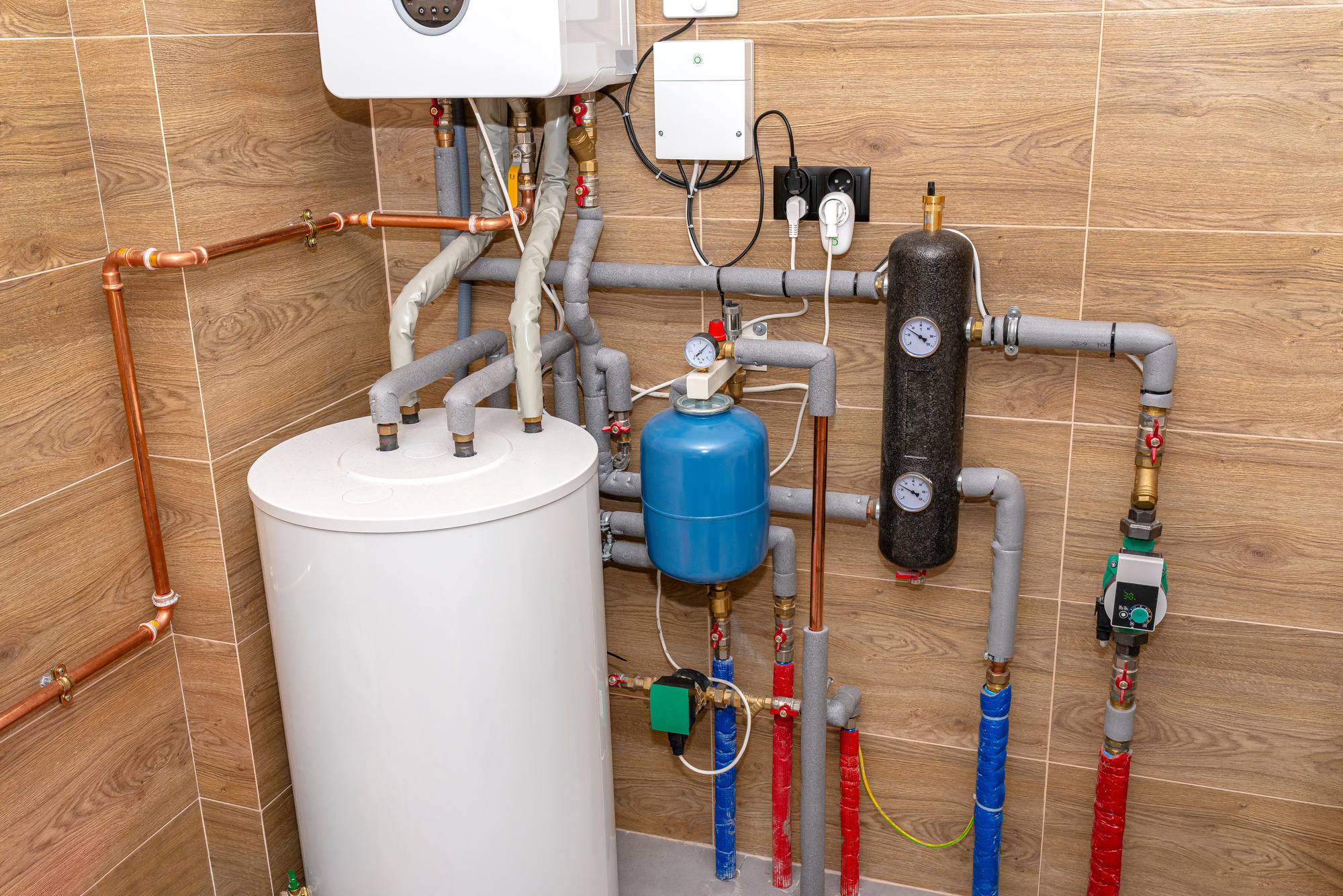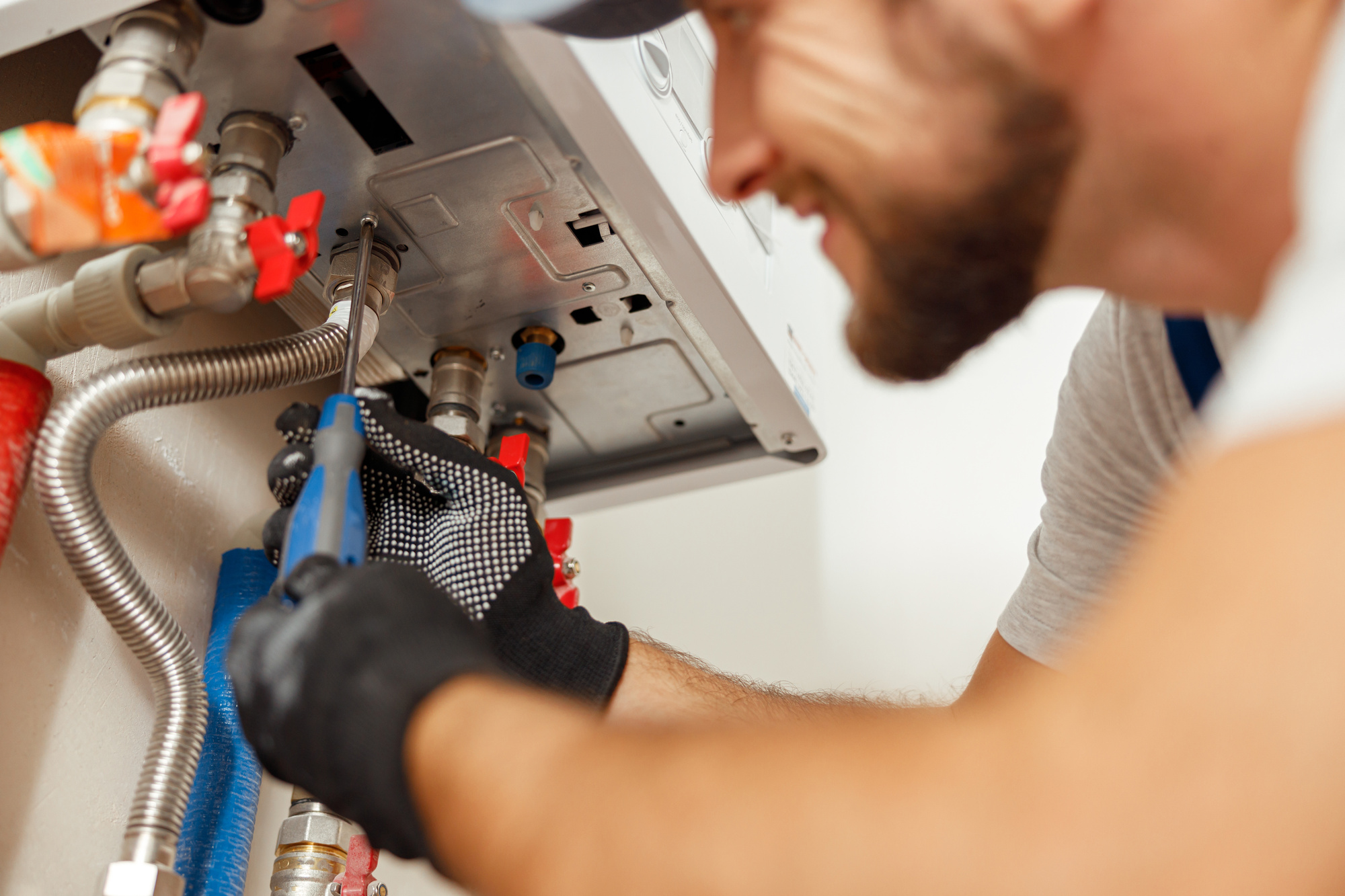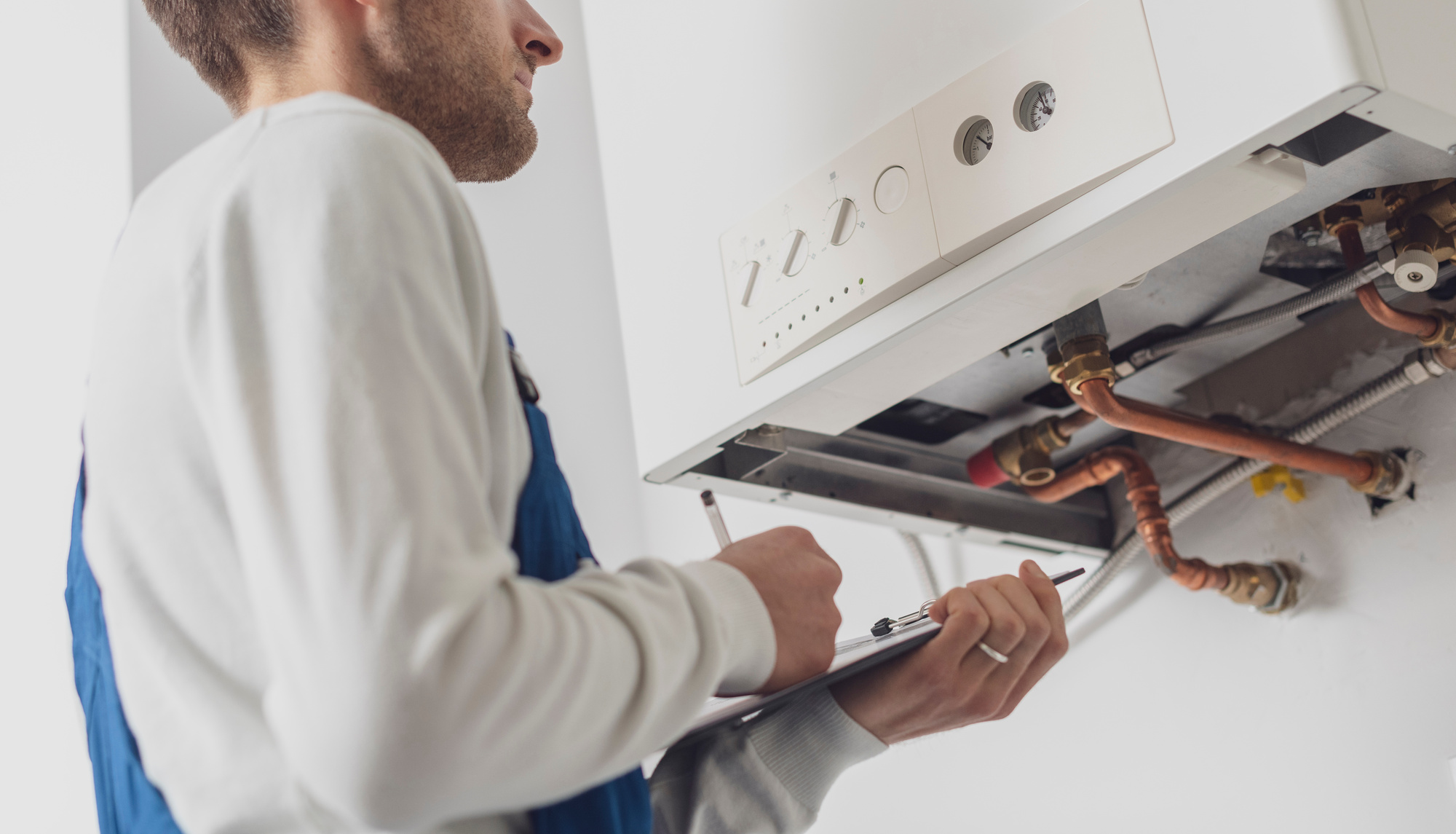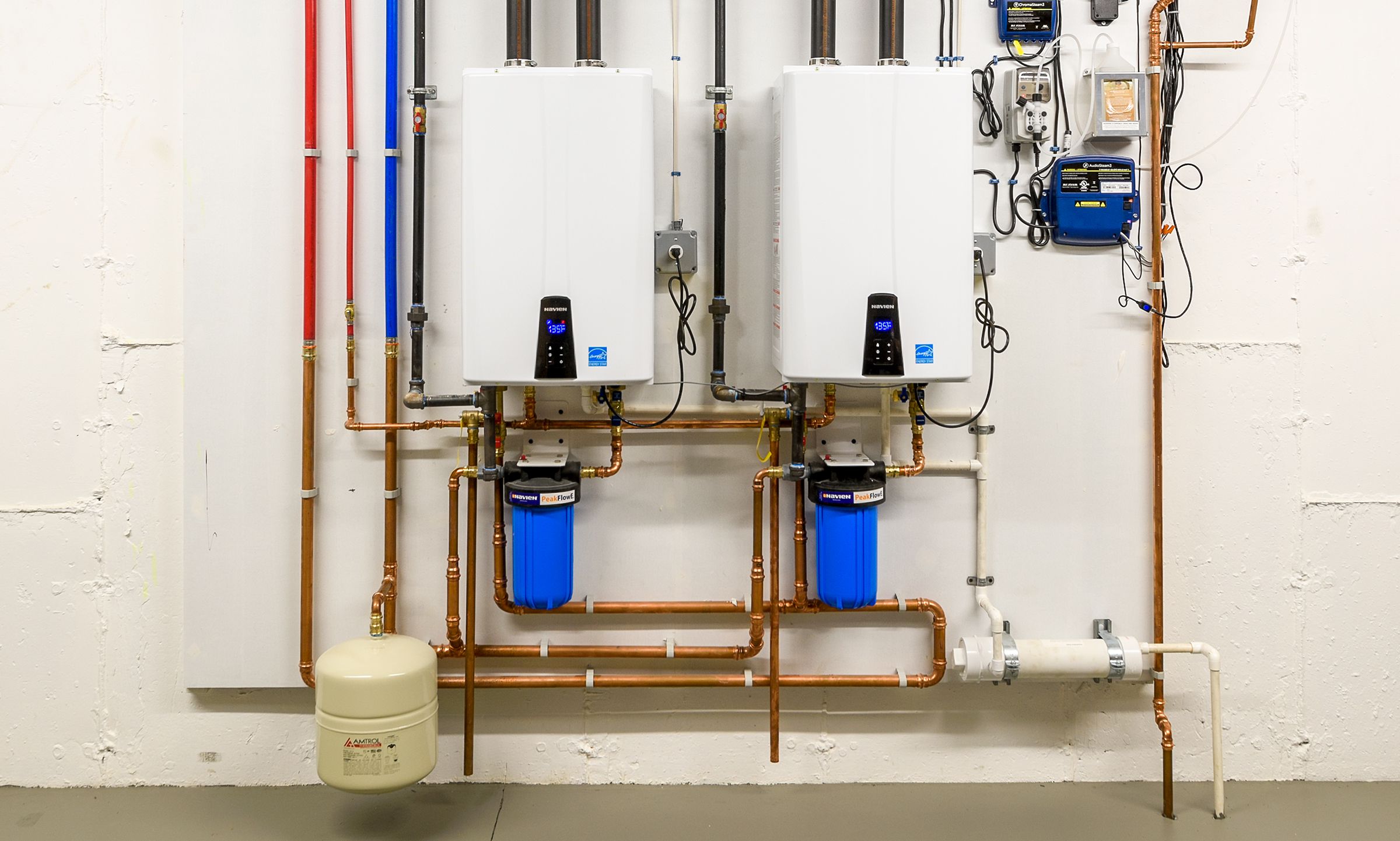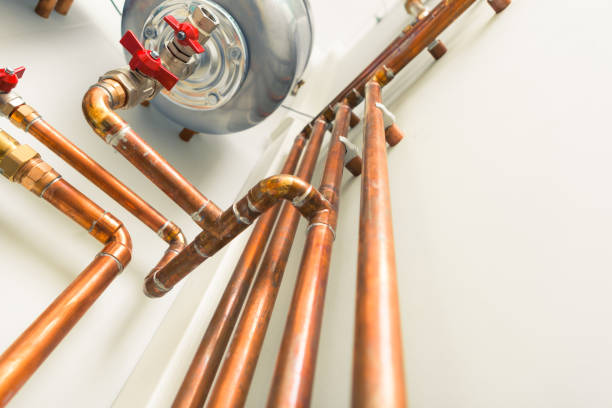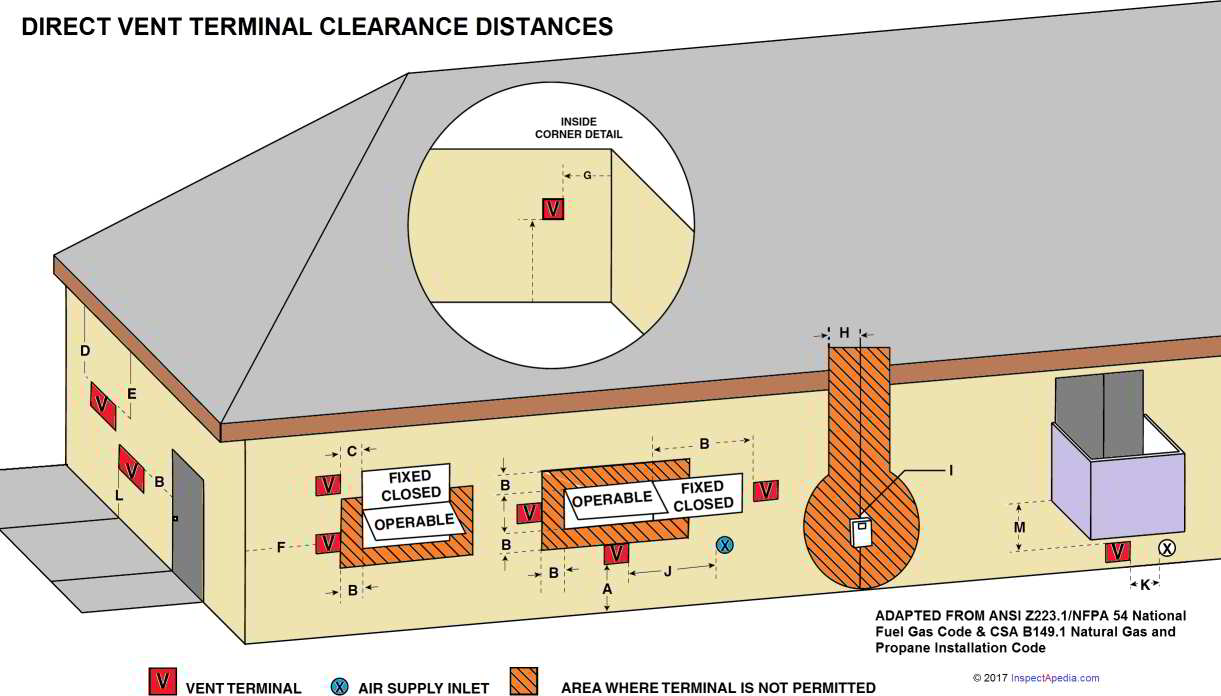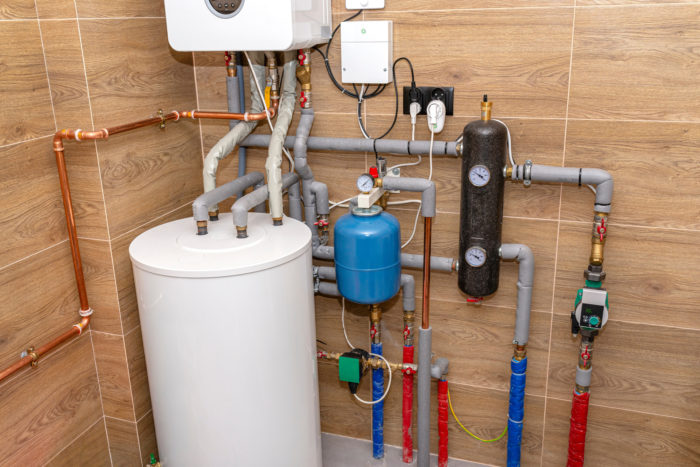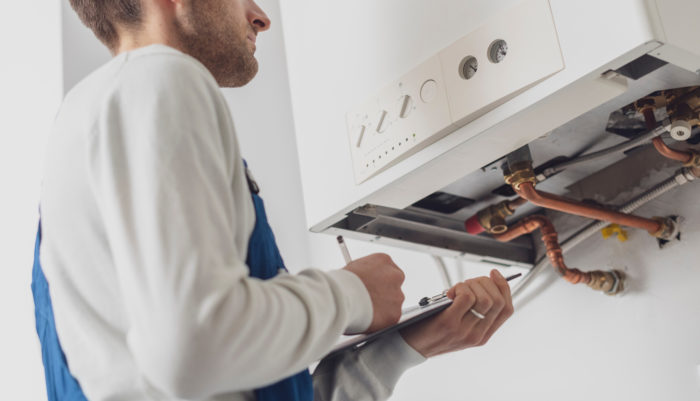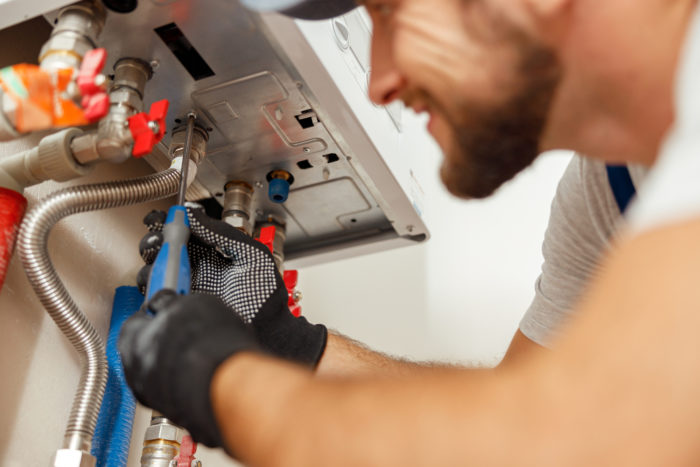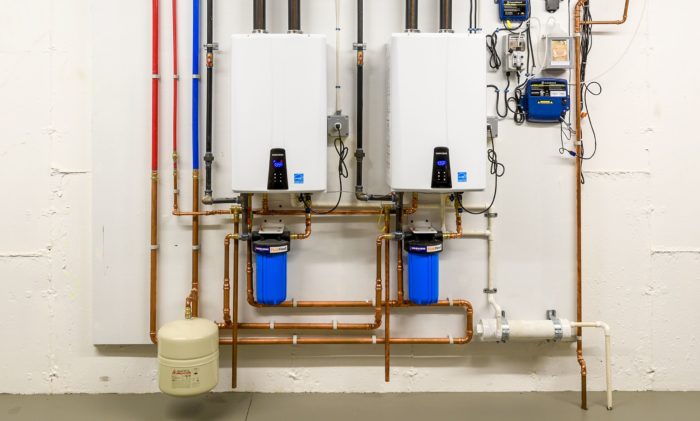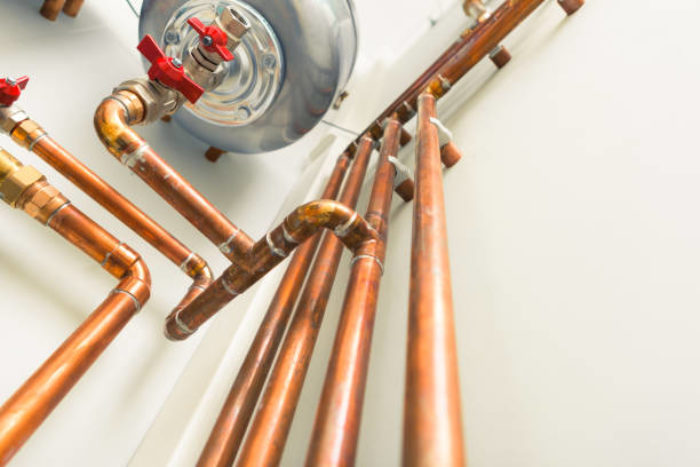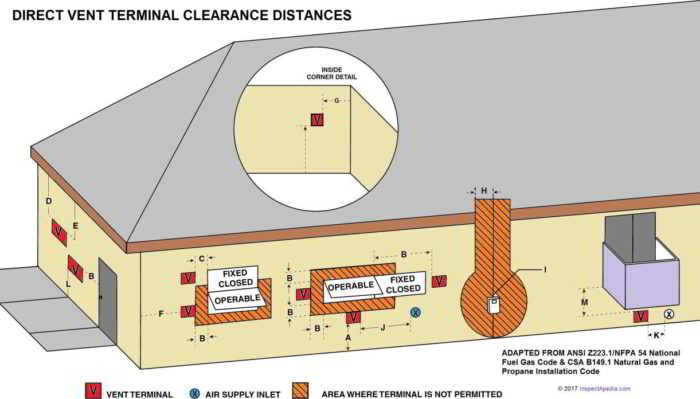Hot water plumbing is essential to any home or building, and it’s crucial to consider various factors when installing or maintaining it. To ensure that your hot water plumbing system runs smoothly and efficiently, we’ll provide you with the top 7 considerations to remember. From the type of water heater to the location of the pipes, these factors will help you make informed decisions and keep your hot water flowing without any issues.
Importance Of Hot Water Plumbing
Since their inception, hot water systems have provided clean, hot water on demand for showers, baths, and washing dishes, particularly in temperate or cold climates. With it, hygiene became easier to maintain and basic tasks less arduous. These are just some of the pros to a gas hot water system.
A properly installed and maintained hot water plumbing system ensures that hot water is readily available whenever needed and is delivered at a consistent temperature. This not only adds to the convenience and comfort of the occupants but also helps to ensure that the building is safe and healthy. A well-functioning hot water plumbing system is essential for maintaining hygiene and preventing the growth of bacteria, which can thrive in stagnant water.
Considerations For Hot Water Plumbing
It’s essential to consider various factors when installing or maintaining hot water plumbing to ensure it runs efficiently and safely. To maintain an optimal hot water supply, property owners must keep these aspects in mind:
-
Determining Water Usage Requirements
One of the most important considerations for hot water plumbing is determining a property’s water usage requirements. This includes figuring out how much hot water you need to service appliances, fixtures, and other uses effectively.
For homes in particular, the amount of hot water used will vary depending on whether it’s a single-family or multi-family dwelling. If you plan to install a tankless heater system, you must determine which size best meets the needs of your household.
To get an accurate estimate of what type and size of equipment you’ll require for a property, consider factors such as peak demand times when multiple users are likely to run it or use it for numerous appliances simultaneously.
Then, look at the total daily usage levels over time. A qualified plumber can ensure you have the proper equipment for an efficient hot water system. Consider working with them to save time, money, and effort.
-
Selecting The Right Hot Water System
Several types of hot water systems are available, depending on your needs. Tankless models offer an energy-efficient solution for small households and homes with limited space. These systems use a heat exchanger to provide continuous hot water without storing it in a tank. They are ideal for people looking to conserve energy or avoid the hassle of maintaining a large storage tank.
On the other hand, traditional hot water tanks remain popular due to their affordability and ease of installation. They can be made from steel alloy or glass-lined steel and come in sizes ranging from 40 to 120 gallons or more. These may be necessary if multiple bathrooms or appliances require hot water simultaneously.
-
Properly Sizing The System
The aim is to ensure a large enough capacity for all fixtures and appliances while minimizing energy consumption. A thorough assessment must be made of the total demand on the system in gallons per minute (GPM). This entails looking at how much hot water is used and when it’s used. Factors such as whether showers are taken back-to-back or have some time between uses can make a big difference in GPM calculations.
Once these factors have been established, you must determine which equipment best suits your needs. Tankless units provide instant hot water on demand with no wait time, but they’re more expensive than traditional storage tanks. In contrast, the latter offers better value since they require less maintenance and repairs over their lifetime.
Furthermore, the tank size will depend on the calculated peak flow rate of the home’s hot water usage. Before selecting an appropriate-sized tank or tankless unit, it’s essential to consider any future additions that could influence domestic hot water demands.
-
Hot Water Pipe Layout
Careful thought must go into the pipe layout to ensure efficiency and safety within the home or business.
The first step is to choose materials that can withstand high temperatures yet are affordable enough for most budgets. Copper is usually the material of choice since it has good thermal conductivity and bends easily, making it ideal for complex piping systems. Additionally, copper won’t rust over time like other metals such as iron or steel.
When laying out pipes, ensure they’re adequately insulated so that heat isn’t lost when transferring from one area to another. Hot water will flow faster through larger diameter pipes than smaller ones, so carefully consider what sizes are needed before installing.
Pumps may also be needed, depending on where and how far certain fixtures are from each other. Furthermore, running multiple lines at once can help save energy by reducing overall cycle times while providing more consistent pressure throughout your plumbing network.
-
Water Supply Considerations
Ensure your piping materials meet local building codes and safety standards. Before beginning work on the Hot Water Plumbing system, check for any existing corrosion or leaks. Also, consider using insulation wraps around piping to help conserve energy and reduce operating costs over time.
When working on a hot water system, these essential steps must be taken to ensure its long-term safety and efficiency. With these measures, you can rest assured that your Hot Water Plumbing project will run smoothly and effectively without hitches.
-
Ventilation Requirements For Gas Systems
It’s important to consider ventilation requirements for systems that use gas for heating.
The primary purpose of a gas system’s ventilation is to control the buildup of corrosive condensation and prevent any gas accumulation within living spaces. To ensure proper safety standards are followed, all venting in these systems must meet certain specifications. The size and configuration of the gas piping should follow local codes and regulations set by governing authorities, such as the National Fuel Gas Code (NFGC).
Additionally, mechanical ventilation appliances like fans should be used if there needs to be a more natural draft from outside sources. It ensures proper airflow throughout the entire vent length, guaranteeing the safe operation of each appliance connected to the system.
-
Overall Costs
Of course, there’s no escaping cost. Your total spending will depend on various factors, including labor and materials needed for installation and any additional features. It’s best to get several estimates to compare prices and ensure you get the best deals possible. Also, consider researching the products’ quality, from pipes and fixtures to tankless systems or solar heaters. It could help you save money by getting high-grade products that don’t need costly repairs down the road.
Hot Water Plumbing Considerations: Examine Each Thoroughly
Understanding the basics of hot water plumbing is vital to make an informed decision for your property. These encompass everything from usage requirements to total costs. Doing so will ensure you get the best possible hot water plumbing solutions. Remember to work with the experts for better choices.
